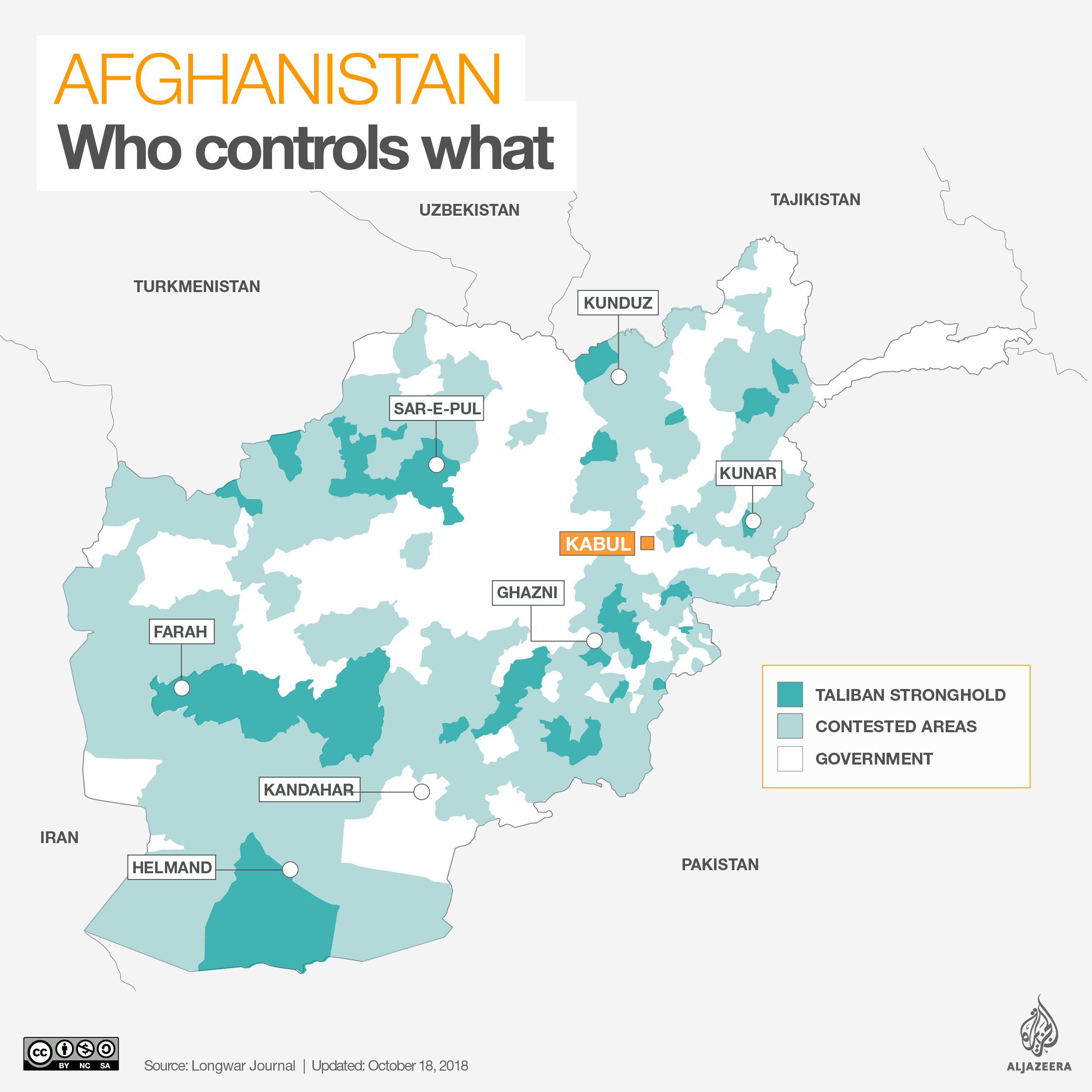7667766266
enquiry@shankarias.in
Why in news?
Talks between the US and Taliban in Doha has led to a “framework” for a peace agreement, aimed at ending the 17-year-old conflict in Afghanistan.
How has the conflict been?

What does the framework contain?
What is the Afghan government's stance?
What next?
Source: Indian Express